Understanding Precision CNC Machining for Custom Mechanical Parts Dreamlight Valley
In the realm of manufacturing, precision is paramount, especially when dealing with intricate components that drive innovation across industries. GreatLight stands as a beacon of expertise in this field, offering tailored solutions that transform raw materials into high-performance parts. Our focus on advanced techniques ensures that every project meets stringent standards, blending cutting-edge technology with meticulous craftsmanship.
What Are Mechanical Parts Dreamlight Valley and Why CNC Machining Excels
Mechanical parts encompass a broad array of components, from gears and shafts to housings and brackets, essential for machinery functionality. In contexts like Dreamlight Valley-inspired designs—where imagination meets mechanics—these parts must embody durability and exactness. CNC machining services at GreatLight utilize computer numerical control to automate milling, turning, and drilling, achieving unparalleled accuracy. This process minimizes human error, allowing for repeatable production of complex geometries that traditional methods struggle with.
Scientifically, CNC machining leverages principles of material science and kinematics. Tools rotate at speeds up to 20,000 RPM, removing material via shear forces governed by Hooke’s law for elastic deformation and fracture mechanics for chip formation. Our 5-axis systems enable multi-angle access, reducing setups and enhancing efficiency by 30-50% compared to 3-axis alternatives. For consumers seeking mechanical parts Dreamlight Valley, this means parts with surface integrity that resists fatigue cracking, extending operational life in dynamic environments.
Disney Dreamlight Valley Mechanical Parts: Bridging Virtual Crafting to Real-World Precision
Drawing parallels from virtual worlds like Disney Dreamlight Valley, where mechanical parts are crafted from ingots, real-life production demands robust processes. In the game, players combine resources like copper and zinc at crafting stations; similarly, GreatLight refines metals through CNC to create functional equivalents. Our services cater to enthusiasts replicating game-inspired prototypes, ensuring parts mimic the resilience needed for simulated or actual applications.
Technically, we handle alloys with yield strengths exceeding 300 MPa, applying finite element analysis (FEA) to predict stress distributions. This prevents failures under loads, adhering to ISO 2768 standards for tolerances. For Disney Dreamlight Valley mechanical parts replicas, we machine features like interlocking gears with backlash under 0.02 mm, optimizing for smooth transmission per gear theory equations.
Mechanical Parts Disney Dreamlight Valley: Custom Solutions for Themed Projects
Themed mechanical components, inspired by Disney Dreamlight Valley, require a fusion of aesthetics and engineering. GreatLight’s CNC services produce these with materials that balance weight and strength, such as 6061 aluminum (density 2.7 g/cm³, modulus 69 GPa). We employ high-speed machining (HSM) strategies, where feed rates reach 5 m/min, to sculpt intricate details without thermal distortion—crucial for maintaining dimensional stability as per thermal expansion coefficients (α ≈ 23 × 10^-6 /°C).
Our process integrates CAD/CAM software, simulating tool paths to avoid collisions and optimize cycle times. This results in parts that withstand cyclic loading, with fatigue limits calculated via S-N curves, ideal for Disney Dreamlight Valley mechanical parts in animatronics or custom builds.
Where To Find Mechanical Parts Dreamlight Valley: Sourcing Through Expert Machining Networks
Sourcing reliable mechanical parts for Dreamlight Valley projects often leads to specialized manufacturers like GreatLight. We source raw stock from certified suppliers, ensuring traceability per ASTM standards. Our inventory includes titanium grades (Ti-6Al-4V, strength-to-weight ratio 4.4 × 10^6 Nm/kg) for high-stress applications, machined to tolerances of ±0.002 mm using diamond-coated tools that reduce built-up edge via low friction coefficients (μ < 0.1).
Consumers can access our services globally, with lead times as short as 3 days for prototypes. This addresses the query of where to find mechanical parts Dreamlight Valley by providing a one-stop solution, from design upload to finished delivery, bypassing supply chain delays.
How To Get Mechanical Parts Dreamlight Valley: Step-by-Step CNC Fabrication Guide
Acquiring custom mechanical parts for Dreamlight Valley applications involves a structured approach. Begin with design submission in formats like STEP or IGES. GreatLight’s engineers conduct design for manufacturability (DFM) reviews, identifying issues like thin walls prone to vibration (resonance frequencies f = √(k/m)/2π). We then program CNC paths using G-code, incorporating adaptive clearing to maintain constant chip loads and prevent tool breakage.
Machining commences with roughing at high material removal rates (MRR up to 500 cm³/min), followed by finishing passes for Ra 0.4 μm surfaces. Post-processing includes heat treatments like annealing (to relieve residual stresses per Hooke’s law) or anodizing for corrosion resistance (forming Al2O3 layers 10-20 μm thick). This comprehensive method ensures you know exactly how to get mechanical parts Dreamlight Valley with precision and reliability.
Where To Get Mechanical Parts Dreamlight Valley: Reliable Suppliers and Services
For those wondering where to get mechanical parts Dreamlight Valley, GreatLight emerges as a premier provider. Our facilities in China boast ISO 9001:2015 certification, equipped with Haas and DMG Mori machines for 5-axis operations. We handle part sizes up to 1000 mm x 500 mm x 500 mm, machining plastics like PEEK (Tg 143°C) for high-temperature resilience.
Our supply chain integrates just-in-time (JIT) principles, reducing inventory costs by 20-30%. Quality assurance involves coordinate measuring machines (CMM) with accuracy to 1.5 μm, verifying geometries against GD&T standards. This makes us the go-to for where to get mechanical parts Dreamlight Valley, delivering components that excel in performance metrics.
How To Make Mechanical Parts Dreamlight Valley: Crafting with Advanced CNC Techniques
Creating mechanical parts inspired by Dreamlight Valley demands mastery of fabrication. At GreatLight, we start by selecting materials based on properties: brass for conductivity (σ ≈ 1.6 × 10^7 S/m) or stainless steel 316 for pitting resistance (PREN > 25). CNC turning forms cylindrical features with concentricity under 0.01 mm, using live tooling for off-axis milling.
The process adheres to scientific principles, like minimizing deflection via Euler-Bernoulli beam theory (δ = FL^3 / 3EI). We incorporate coolant strategies to control temperatures below 100°C, preventing phase changes in alloys. For how to make mechanical parts Dreamlight Valley, our rapid prototyping accelerates iterations, using additive-subtractive hybrids for complex lattices.
Mechanical Parts Dreamlight Valley Not Showing Up: Troubleshooting Manufacturing Issues
Occasionally, issues arise where mechanical parts Dreamlight Valley do not meet expectations—perhaps due to design flaws or process errors. Common culprits include incorrect tool offsets leading to dimensional variances, solved by calibrating with laser interferometers (resolution 0.01 μm). Material inconsistencies, like impurities affecting machinability (rated by ISO 513), are mitigated through spectrometry analysis.
GreatLight’s troubleshooting protocol involves root cause analysis via fishbone diagrams, ensuring 99.9% on-time delivery. If parts “not showing up” in specs, we rework using EDM for hard-to-machine features, maintaining hardness levels (HV 150-400).
Directive Plant Dreamlight Valley Mechanical Parts: Integrating Automation in Production
In automated setups akin to directive plants in Dreamlight Valley scenarios, mechanical parts must support robotic integration. GreatLight machines components for such systems, like precision joints with kinematic constraints per Denavit-Hartenberg parameters. Our CNC services produce parts with zero-backlash via preloading, enhancing positional accuracy to 0.005 mm.
Materials like titanium offer biocompatibility (ISO 10993), suitable for medical directive plants. We apply surface engineering, such as PVD coatings (thickness 2-5 μm), to reduce wear coefficients (k < 10^-6 mm³/Nm), ensuring longevity in automated environments.
Dreamlight Valley Directive Plant Mechanical Parts: Customized for Industrial Automation
Focusing on directive plant applications in Dreamlight Valley contexts, GreatLight delivers parts optimized for efficiency. Our 4-axis milling creates helical gears with involute profiles, adhering to AGMA standards for load distribution. Scientifically, we calculate contact stresses using Hertzian theory (σ_H = √(F E* / π R)), preventing pitting.
Production scales from MOQ 1 to thousands, with cycle times reduced via parallel processing. This caters to dreamlight valley directive plant mechanical parts, providing solutions that boost throughput by 40%.
How To Refine Mechanical Parts Dreamlight Valley: Post-Machining Enhancement Techniques
Refining mechanical parts for Dreamlight Valley projects involves advanced finishing. GreatLight employs vibratory tumbling for deburring, achieving uniform edges via abrasive media kinetics. Electrochemical polishing removes micro-burrs, improving surface roughness by dissolving peaks at rates of 0.1-1 μm/min.
Heat treatments like quenching (cooling rates 100-500°C/s) enhance microstructures, forming martensite for hardness gains (up to 60 HRC). For how to refine mechanical parts Dreamlight Valley, we offer plating options like nickel (thickness 5-50 μm) for enhanced conductivity and wear resistance.
Refined Mechanical Parts Dreamlight Valley: Achieving Superior Quality Standards
Refined mechanical parts in Dreamlight Valley applications demand excellence. GreatLight’s processes yield components with enhanced properties, such as increased tensile strength through cold working (strain hardening per Ramberg-Osgood model). We use non-destructive testing (NDT) like ultrasonic inspection to detect voids (sensitivity to 0.5 mm defects).
Our refined outputs support diverse loads, with creep resistance for high-temp plastics (e.g., Nylon at 80°C). This ensures refined mechanical parts Dreamlight Valley meet rigorous performance criteria.
Mechanical Parts Through Refinement At A Crafting Table Dreamlight Valley: Analogies to CNC Workstations
Just as refinement at a crafting table in Dreamlight Valley transforms base materials, GreatLight’s CNC workstations refine parts through iterative processes. We craft from billets, applying subtractive manufacturing to achieve net shapes with minimal waste (efficiency >90%). Scientifically, chip morphology is controlled via rake angles (5-15°), optimizing energy consumption per Navier-Stokes fluid dynamics in coolants.
For mechanical parts through refinement at a crafting table Dreamlight Valley, our digital twins simulate outcomes, predicting tolerances via Monte Carlo methods for variability under 1%.
Materials Mastery in CNC Machining for Mechanical Parts Dreamlight Valley
GreatLight’s expertise spans a spectrum of materials, each selected for specific thermodynamic and mechanical attributes. Aluminum alloys (e.g., 7075, UTS 570 MPa) offer lightweight solutions, machined with carbide tools to avoid galling. Brass variants provide acoustic damping (loss factor η ≈ 0.01), ideal for vibrational environments.
Stainless steels like 304 exhibit passivation layers (Cr2O3), resisting oxidation per Pourbaix diagrams. Titanium’s alpha-beta phases enable superplastic forming, with machining parameters adjusted for low thermal conductivity (k = 17 W/m·K). Plastics such as ABS (impact strength 200 J/m) are processed at lower speeds to prevent melting (Tm 105°C).
We also handle exotics like Inconel (for creep resistance at 700°C) and composites (CFRP, modulus 200 GPa), using specialized tooling to mitigate delamination.
Advanced Applications of Custom Mechanical Parts Dreamlight Valley
Our CNC-machined parts serve cutting-edge sectors. In aerospace, we produce turbine blades with airfoil profiles optimized for laminar flow (Re < 5×10^5). Automotive components include pistons with thermal barriers, reducing heat transfer by 50% via coatings.
Medical devices feature implants with osseointegration surfaces (porosity 30-70%), machined to FDA tolerances. Electronics housings incorporate EMI shielding (attenuation >60 dB), using conductive polymers. Industrial robotics benefit from linkages with high stiffness-to-weight ratios, calculated via beam theory.
Renewable energy applications, like wind turbine gears, withstand torques up to 10 kNm, with surface hardening for Hertzian stress endurance.
Typical Parameters and Tolerances for Mechanical Parts Dreamlight Valley CNC Services
| Parameter | Specification |
|---|---|
| Machining Tolerance | ±0.001 mm (scalable to ±0.0005 mm for ultra-precision) |
| Surface Finish | Ra 0.2-3.2 μm (polished to mirror-like N1 grade) |
| Material Capabilities | Metals (Al, Cu alloys, SS, Ti), Plastics (PC, POM, PTFE), Composites |
| Maximum Part Size | 1200 mm x 800 mm x 600 mm (custom fixtures for larger) |
| File Formats Accepted | STL, Parasolid, CATIA, Inventor, alongside standard ones |
| Minimum Order Quantity | 1 (with volume discounts at 100+) |
| Lead Time | 1-5 days for prototypes, 2-4 weeks for production |
| Hardness Range | 20-70 HRC (post-treatment options) |
| Thermal Conductivity Support | Up to 400 W/m·K for heat sinks |
These specs ensure compliance with engineering demands, backed by computational fluid dynamics (CFD) for thermal management.
Machining Instructions for Optimal Mechanical Parts Dreamlight Valley Outcomes
To maximize results, provide comprehensive data: 3D models with annotations for critical features, material specs aligned with ASTM/ISO, and quantity projections. Specify environmental factors, like exposure to corrosives (pH 2-12), to guide alloy selection.
Our team offers value engineering, suggesting alternatives like topology optimization to reduce mass by 20-40% while maintaining strength (via von Mises criteria). Include testing requirements, such as tensile (per ASTM E8) or impact (Charpy values >50 J).
Customization Guide: Partnering for Mechanical Parts Dreamlight Valley Success
GreatLight’s workflow is collaborative: Submit via portal for instant quotes, incorporating AI-driven pricing models. DFM analysis flags issues like undercut accessibility, proposing radii >0.5 mm for tool entry.
Prototype validation uses metrology for feedback loops, refining designs. Production employs SPC (statistical process control) with CpK >1.33 for consistency. Global shipping integrates tracking, ensuring timely arrival.
Contact GreatLight today to elevate your mechanical parts Dreamlight Valley projects with unmatched precision and innovation.














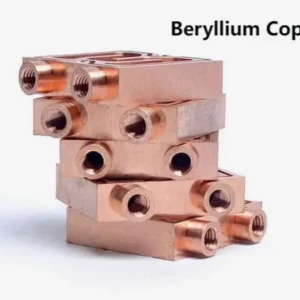
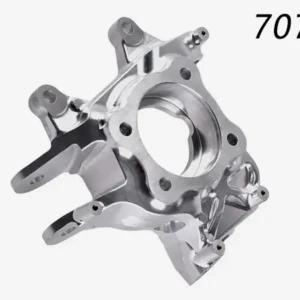


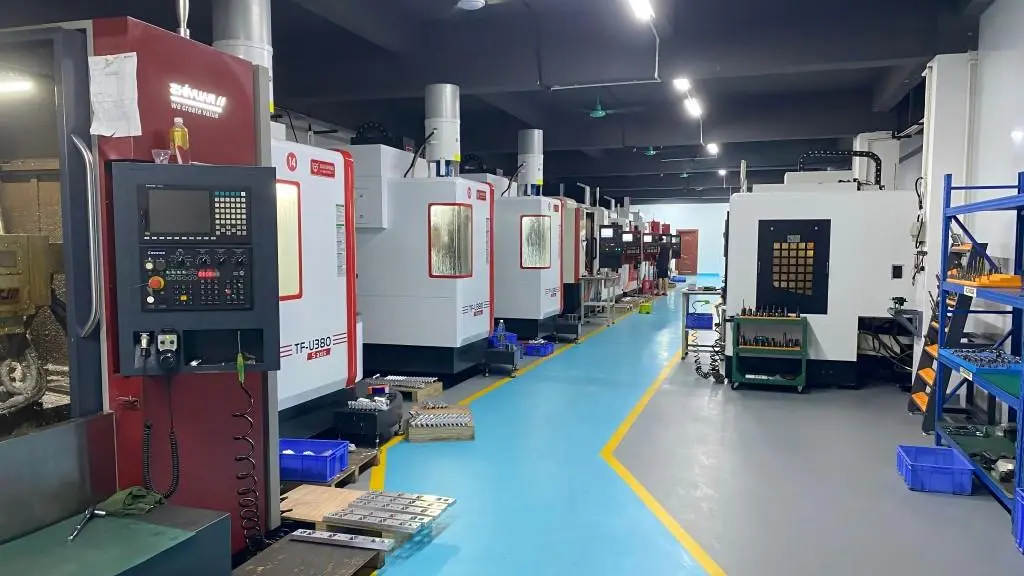

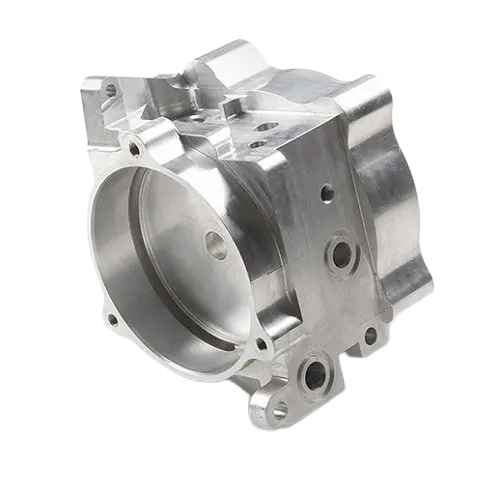
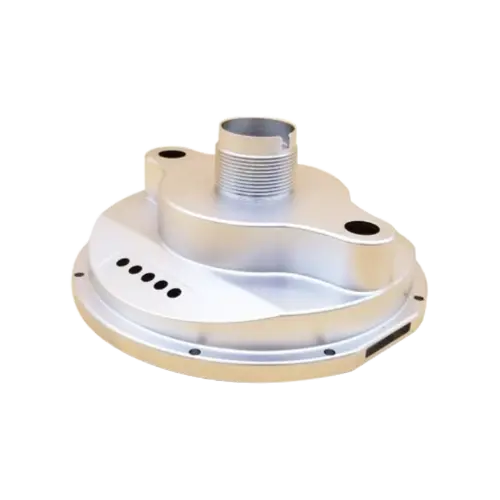
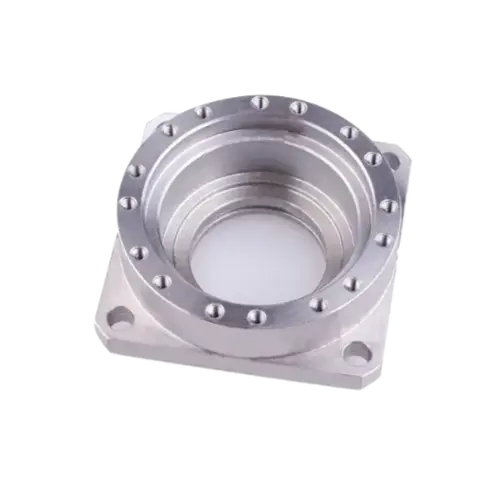
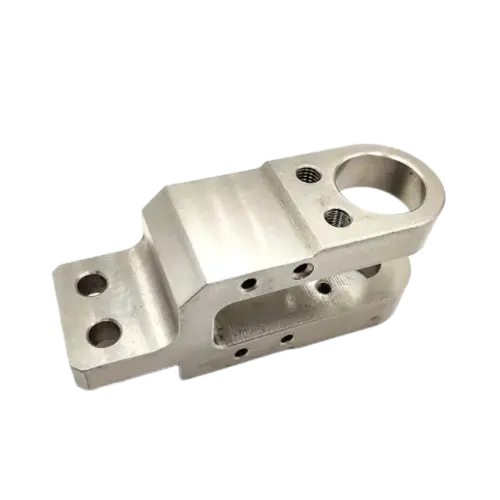
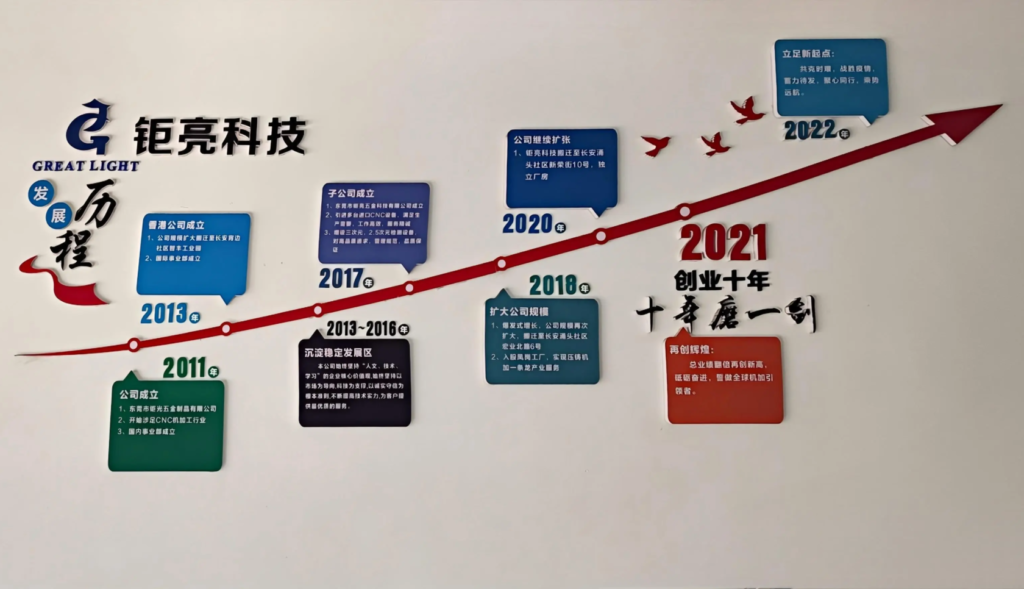








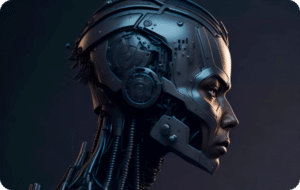
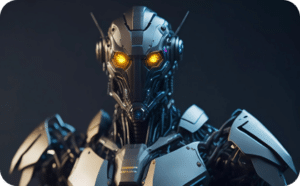

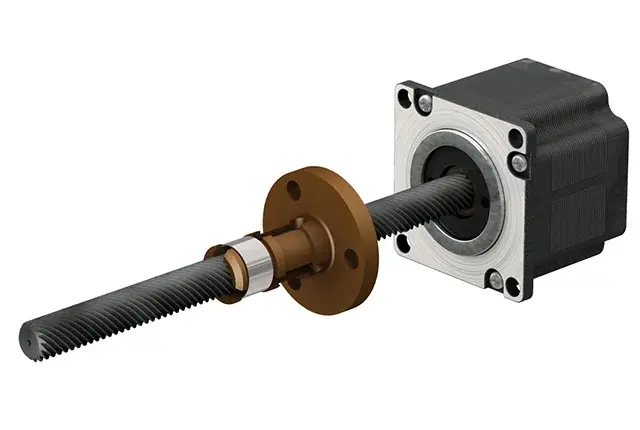













Automotive Prototyping Solutions –
GreatLight offers precision CNC machining services for custom mechanical parts inspired by Dreamlight Valley, delivering high-tolerance components across industries with expertise in materials, rapid prototyping, and quality assurance.